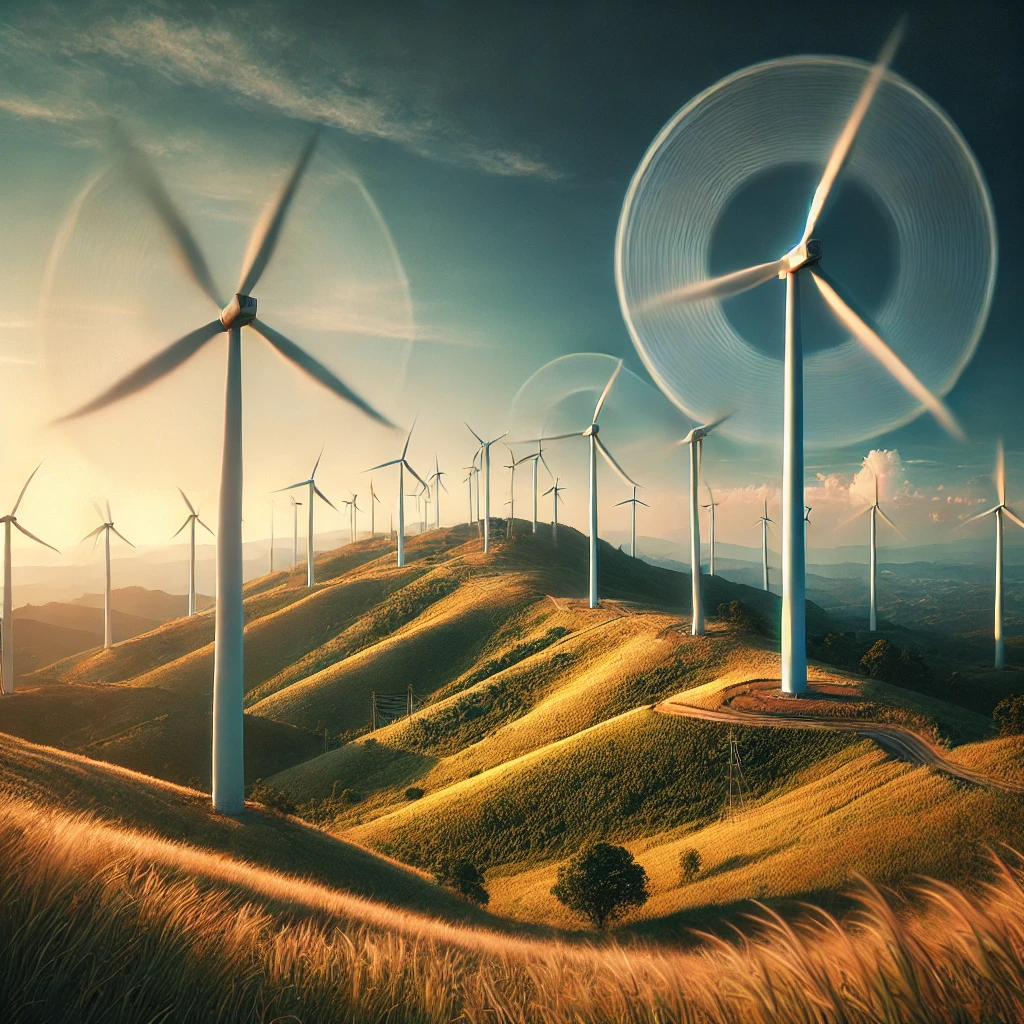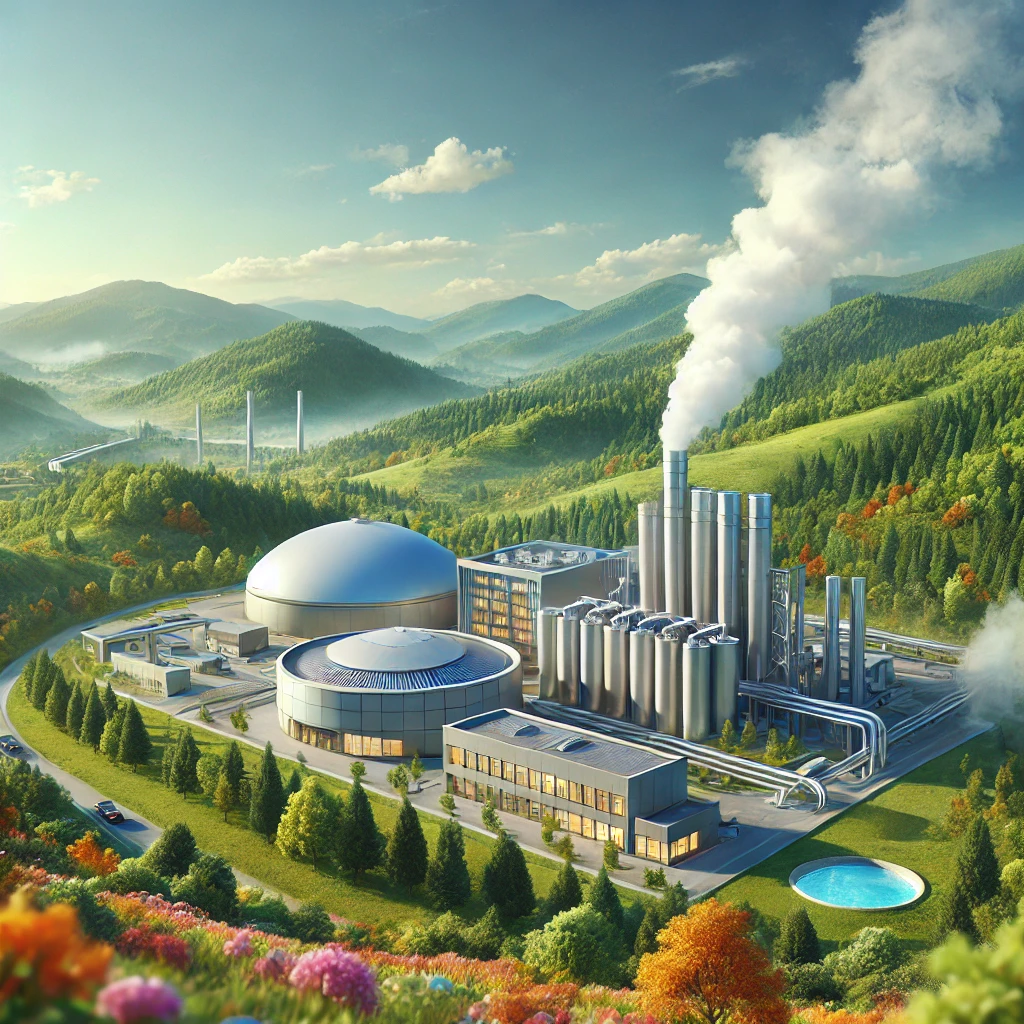Renewable energy refers to energy derived from natural sources that are replenished at a faster rate than they are consumed
Renewable energy has become a pivotal topic in recent years, driving innovation, economic growth, and environmental sustainability. This article delves into the latest news, trends, and insights on renewable energy, exploring its benefits, challenges, and future prospects.
Renewable energy refers to energy derived from natural sources that are replenished at a faster rate than they are consumed. These sources include sunlight, wind, water, biomass, and geothermal heat. Renewable energy is crucial in addressing global energy needs while mitigating environmental impacts.
Types of Renewable Energy

Solar energy
Solar energy harnesses the power of the sun through photovoltaic cells or solar thermal systems. It is widely used in residential, commercial, and industrial applications.
Wind Energy
Wind energy is generated by converting wind currents into electricity using wind turbines. It is one of the fastest-growing energy sources globally.

Hydroelectric Power
Hydroelectric power involves generating electricity by harnessing the energy of flowing water. It is one of the oldest and most widely used renewable energy sources.

Biomass Energy
Biomass energy is produced from organic materials, such as plant and animal waste. It can be used for heating, electricity generation, and as a biofuel.
Geothermal Energy
Geothermal energy exploits the heat from the Earth’s core to generate electricity and provide heating. It is a reliable and consistent energy source.
Benefits of Renewable Energy
Environmental Benefits
Renewable energy significantly reduces greenhouse gas emissions, minimizing the impact on climate change. It also reduces air and water pollution, contributing to better public health.
Economic Advantages
The renewable energy sector creates jobs, stimulates economic growth, and provides energy security. It reduces dependency on imported fuels and stabilizes energy prices.
Social Impacts
Renewable energy can improve the quality of life by providing clean, affordable energy. It also promotes energy independence and resilience in communities.
Pros and Cons of Renewable Energy
Pros
Sustainability: Renewable energy sources are inexhaustible and can provide energy indefinitely.
Low Operational Costs: Once installed, renewable energy systems have low maintenance and operational costs.
Environmental Protection: Reduces pollution and mitigates climate change.
Cons
Initial Investment: High upfront costs for installation and infrastructure.
Intermittency: Some renewable sources, like solar and wind, are not always available.
Land Use: Requires significant land for installation, which can impact local ecosystems.
Non-Renewable Energy: An Overview
Definition and Types
Non-renewable energy sources include fossil fuels (coal, oil, natural gas) and nuclear energy. These resources are finite and deplete over time.
Pros and Cons
Pros: High energy density, reliable power supply, and established infrastructure.
Cons: Environmental pollution, greenhouse gas emissions, and finite availability.
Comparative Analysis
Renewable vs. Non-Renewable Energy
Renewable energy is more sustainable and environmentally friendly, while non-renewable energy is more established and reliable.
Cost Comparison
Renewable energy is becoming increasingly cost-competitive with non-renewable energy, especially as technology improves and economies of scale are achieved.
Efficiency and Reliability
Renewable energy technologies are continuously improving in efficiency and reliability, reducing the gap with traditional energy sources.
Technological Innovations
Recent Advancements
Innovations in renewable energy technology include improved photovoltaic cells, advanced wind turbine designs, and enhanced energy storage systems.
Emerging Technologies
Emerging technologies such as wave and tidal energy, advanced biofuels, and enhanced geothermal systems hold promise for future energy solutions.
Future Trends
Future trends in renewable energy include increased integration with smart grids, advancements in energy storage, and the development of decentralized energy systems.
Environmental Impact
Reduction of Carbon Footprint
Renewable energy significantly reduces carbon emissions, helping to combat global warming and climate change.
Impact on Wildlife and Ecosystems
While renewable energy has a lower environmental impact, it can still affect wildlife and ecosystems. Mitigating these impacts is essential for sustainable development.
Economic Implications
Job Creation
The renewable energy sector is a significant source of employment, creating jobs in manufacturing, installation, maintenance, and research.
Energy Prices
Renewable energy can stabilize energy prices by reducing dependence on volatile fossil fuel markets.
Market Dynamics
The growth of renewable energy is reshaping global energy markets, driving innovation, and changing investment patterns.
Policy and Legislation
Global Policies
International agreements, such as the Paris Agreement, aim to reduce carbon emissions and promote renewable energy adoption.
Regional and Local Legislation
Different regions have specific policies and incentives to encourage renewable energy development, such as tax credits and subsidies.
Incentives and Subsidies
Governments offer various incentives and subsidies to reduce the cost of renewable energy projects and make them more competitive.
Challenges and Limitations
Technical Challenges
Challenges include energy storage, grid integration, and the intermittency of some renewable energy sources.
Economic Barriers
High initial costs and competition with established non-renewable energy sources can hinder the adoption of renewable energy.
Social and Cultural Issues
Public acceptance and awareness, as well as regulatory and policy support, are crucial for the widespread adoption of renewable energy.
Case Studies
Successful Renewable Energy Projects
Examining successful projects provides valuable insights into best practices and innovative approaches in renewable energy.
Lessons Learned
Analyzing past projects can highlight common challenges and effective solutions for future renewable energy initiatives.
Future Prospects
Predictions for the Next Decade
The renewable energy sector is expected to continue growing, with increasing investments, technological advancements, and policy support.
Long-term Goals
Long-term goals include achieving net-zero carbon emissions, developing sustainable energy systems, and promoting global energy access.
FAQs
What is renewable energy?
Renewable energy comes from natural sources that replenish themselves, such as sunlight, wind, and water.
Why is renewable energy important?
It helps reduce greenhouse gas emissions, combats climate change, and provides sustainable energy solutions.
What are the benefits of renewable energy?
Environmental protection, economic growth, job creation, and energy security are some of the key benefits.
What are the challenges of renewable energy?
Technical challenges, high initial costs, and intermittency issues are some of the main challenges.
How does renewable energy impact the economy?
It creates jobs, stabilizes energy prices, and reduces dependence on imported fuels.
Renewable energy is crucial for a sustainable future, offering numerous environmental, economic, and social benefits. While challenges remain, technological advancements and supportive policies pave the way for a cleaner and more resilient energy system. Continued investment and innovation in renewable energy will be vital in addressing global energy needs and combating climate change.

